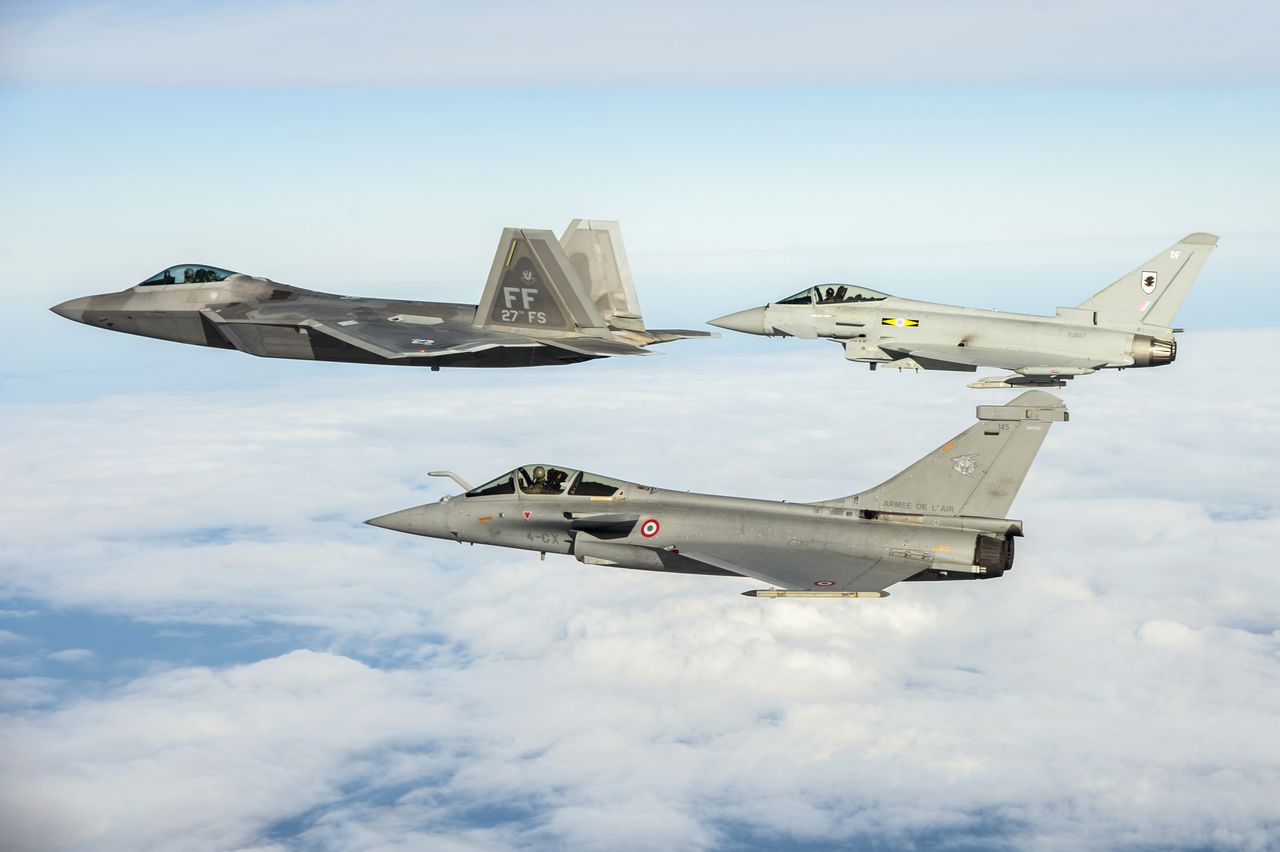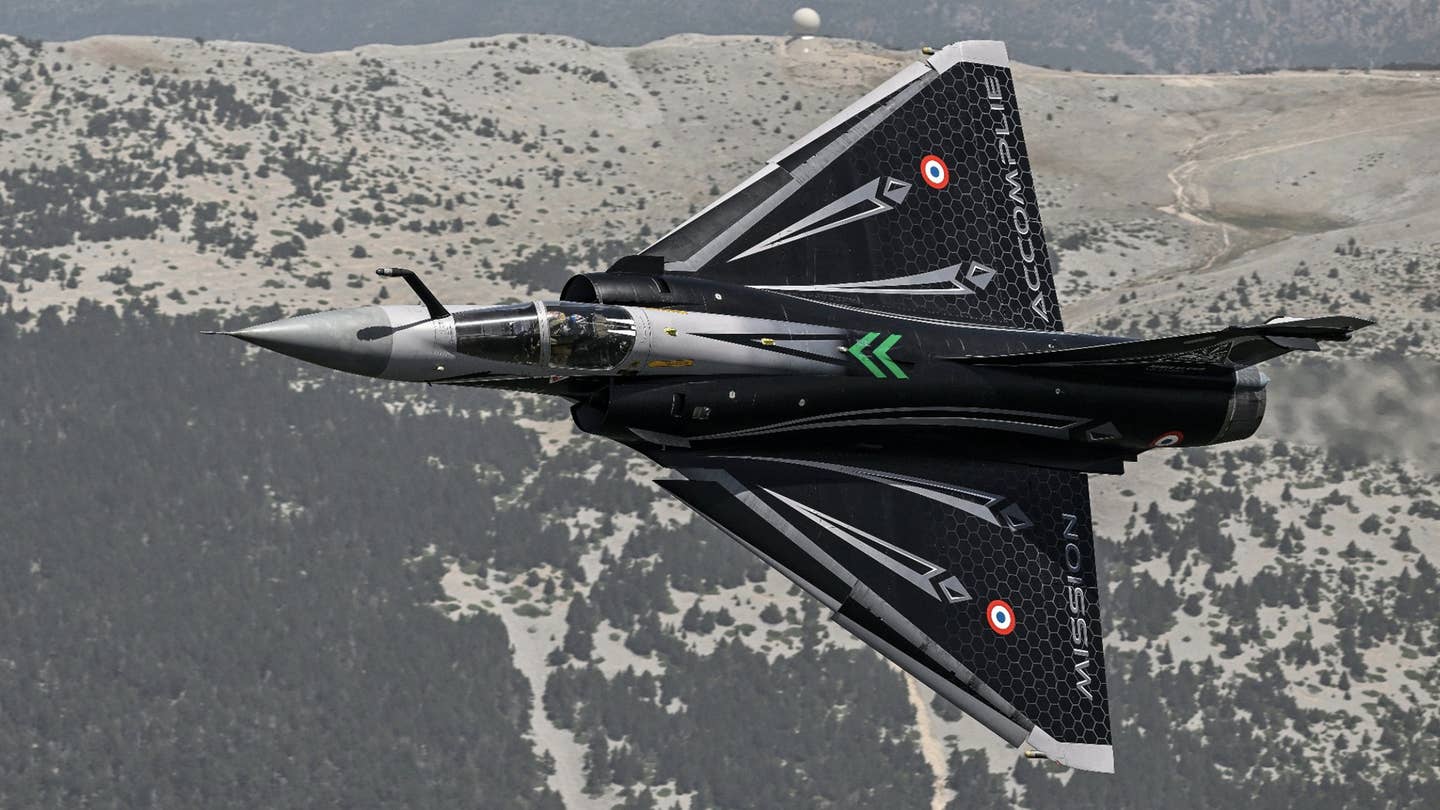Spain has sealed a €2.043 billion ($2.15 billion) contract with the NATO Eurofighter and Tornado Management Agency (NETMA) for 20 Eurofighter Typhoon jets to replace a batch of F-18s flown by the country’s air force.
The agreement, signed on Thursday at the Berlin Air Show, is part of a more considerable Spanish effort to replace its outdated fleet of 70 Boeing-made F-18s.
The Halcon, as the Spaniards refer to the procurement program, includes 16 single-seater and four twin-seater jets, all of which are fitted with e-scan radars.
The procurement, which comprises the aircraft, engines, a simulator, and the necessary support services, was sanctioned by Spain’s Council of Ministers on December 14, 2021. The new order will raise Spain’s Eurofighter fleet to 90, with deliveries set to begin in 2026.

Michael Schoellhorn, CEO of Airbus Defence and Space, said that “this additional order reinforces Spain’s commitment not only towards the Eurofighter but also to its development and industrial environment. I want to thank the customer for its firm position concerning European defense at a time when it is needed most.”
The four primary participating nations in the Eurofighter development program—Germany, the United Kingdom, Italy, and Spain—are represented by the NATO Eurofighter and Tornado Management Agency (NETMA).
The vendor, Eurofighter GmbH, is based in Germany and comprises the member nations’ participating industries, led by Airbus Defence and Space for Germany and Spain, BAE Systems for the United Kingdom, and Leonardo for Italy.
The Eurofighter consortium is 46% owned by Airbus Defence and Space, 33% by BAE Systems, and 21% by Italy’s Leonardo. The latest agreement also comprises 48 EJ200 power plants.

Eurofighter Typhoon
The twin-engine Typhoon, built in the late 1980s by the United Kingdom, Germany, Italy, and Spain, is one of three 4.5-generation fighter aircraft produced in Europe. The others are France’s Rafale and Sweden’s Gripen.
While the aircraft is well-known for its capabilities, it has performed modestly in the export market, receiving 681 orders from nine countries since the first manufacturing contract was signed in January 1998.
The four countries that produced this 4.5 generation aircraft have collectively ordered 530 of the aircraft (Germany 181, the UK 160, Italy 96, and Spain 93). Only five other countries, including Austria (15), Oman (12), Saudi Arabia (72), and Kuwait (28), have acquired the aircraft.
Later this year, Qatar is expected to get the first of the 24 aircraft it has ordered.
Spain’s air force employs the Typhoon from the air bases of Morón (11th Wing) and Albacete (14th Wing), safeguarding Spain’s territory and performing a crucial role at NATO in various air policing missions in the Baltics and, more recently, the Black Sea.
The Airbus Getafe facility, located just outside Madrid, is where the Spanish Eurofighter is built, tested, and delivered. The Halcon variant of the aircraft is an upgraded and modernized variation of the Typhoons.

The introduction of the new CM02+ software package for the Tranche 1 Eurofighters is only one of the upgrades that Airbus has been working on at Getafe alongside the Armament and Experimental Logistics Centre (CLAEX) of the Spanish Air Force.
With the incorporation of the Litening-III targeting pod, this system now can automatically target air-to-surface missiles, which is a significant tactical gain. In addition to upgrades to the communications systems, more air-to-air and air-to-surface capabilities have been added, according to Airbus.
France Says ‘Adios’ To Mirage 2000C Jets
The previous generation of aircraft is now progressively being phased out of the services as the more sophisticated and modern fighter jets, like the Eurofighter and French-made Rafale, is introduced into militaries worldwide.
The French Air Force has finally retired the Mirage 2000C, previously known as one of Europe’s most effective air defense fighters. On June 23, the Mirage 2000C was officially retired from service with the last squadron in France.
#Hommage Aujourd'hui, 23 juin, a lieu le retrait de service du Mirage 2000C RDI et la mise en sommeil de l’escadron de chasse 2/5 « Île-de-France » sur la BA 115 d’Orange. Après 33 années passées au service des ailes françaises, le Mirage 2000C RDI passe le relais au Rafale. pic.twitter.com/eTuo7iM6Dd
— Armée de l'Air et de l'Espace (@Armee_de_lair) June 23, 2022
The country’s air force is transitioning to a fighter fleet led by the more advanced Rafale jets.
Escadron de Chasse 2/5 (Fighter Squadron), the final frontline user of the original Mirage 2000C, entered service in 1983 and served primarily as an air defense fighter. It was officially decommissioned on June 23.
The unit, however, is scheduled to return in 2024 with Rafales fighter jets. One of EC 2/5’s aircraft was dressed in a particular retirement scheme of black and silver, with “Mission Accomplished” labels on the trailing edges of the traditional delta wing to commemorate the retirement of the Mirage 2000C.
As part of preparations to restructure the French Air and Space Force, EC 2/5 had been planning to wave farewell to the Mirage 2000C for quite some time.

Within the past year, it had reduced its activity by half, flying about 20 sorties per week in the months leading up to its retirement. A smaller force delivered these sorties of 11 single-seat Mirage 2000C aircraft and seven two-seat combat training Mirage 2000B aircraft.
Most of those flights were devoted to teaching new pilots, as the more modernized and capable Mirage 2000-5F air defense fighter stayed in service. The squadron also trained aircrews for the similar Mirage 2000D conventionally armed strike aircraft.
In addition to training exercises, the “Ile de France” jets performed missions as part of France’s air defense network and maintained a round-the-clock quick reaction alert (QRA) role until the end. On June 9, the final such sortie—defending France’s southeastern airspace—took place.
- Contact the author at ashishmichel@gmail.com
- Follow EurAsian Times on Google News




